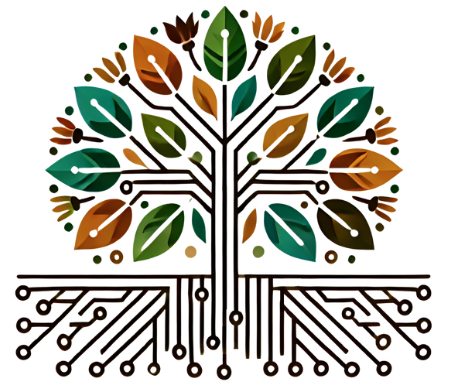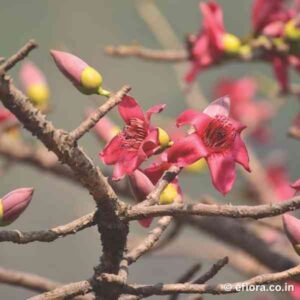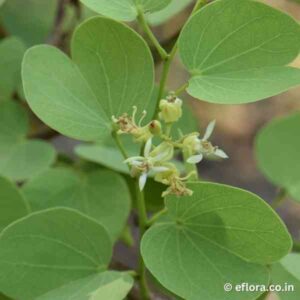Butea monosperma (Flame of the Forest)
A small to medium-sized, slow-growing, deciduous tree, usually reaching a height of 5-15 metres. Leaves pinnately 3-foliolate, leaflets unequal, broadly obovate, thickly leathery. Flowers bright flaming scarlet orange with dark olive-green to black calyces, with a shape resembling a parrot’s beak. Fruit oblong, 12-15 cm long, flattened, adpressed silvery gray puberulent, apex rounded.
Flowering & Fruiting: December-May.
Etymology: The genus name “Butea” named after John Stuart, 3rd Earl of Bute (1713-1792), who was a botanist, a patron of science as well as of literature and art, studied at Eton, statesman, 1737 he was elected one of the representative peers of Scotland, Knight of the Thistle, one of the lords of the bedchamber to the prince of Wales, Prime Minister 1762-1763, plants-man, introduced many new species to Kew, author of Botanical Tables, containing the different families of British plants [11]. The specific epithet “monosperma” comes from two Greek words: mono meaning single and sperma meaning seed, refers to its single-seeded pods.








